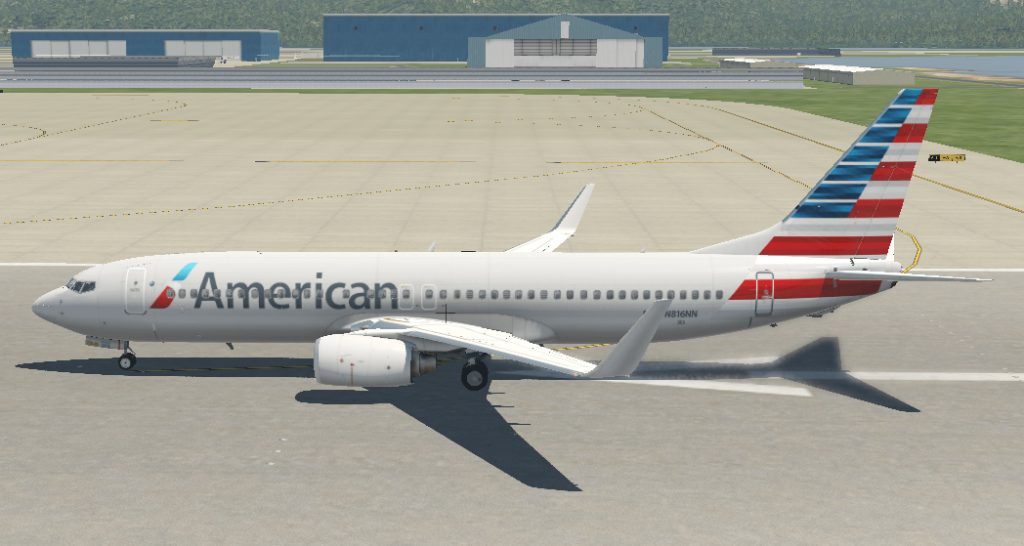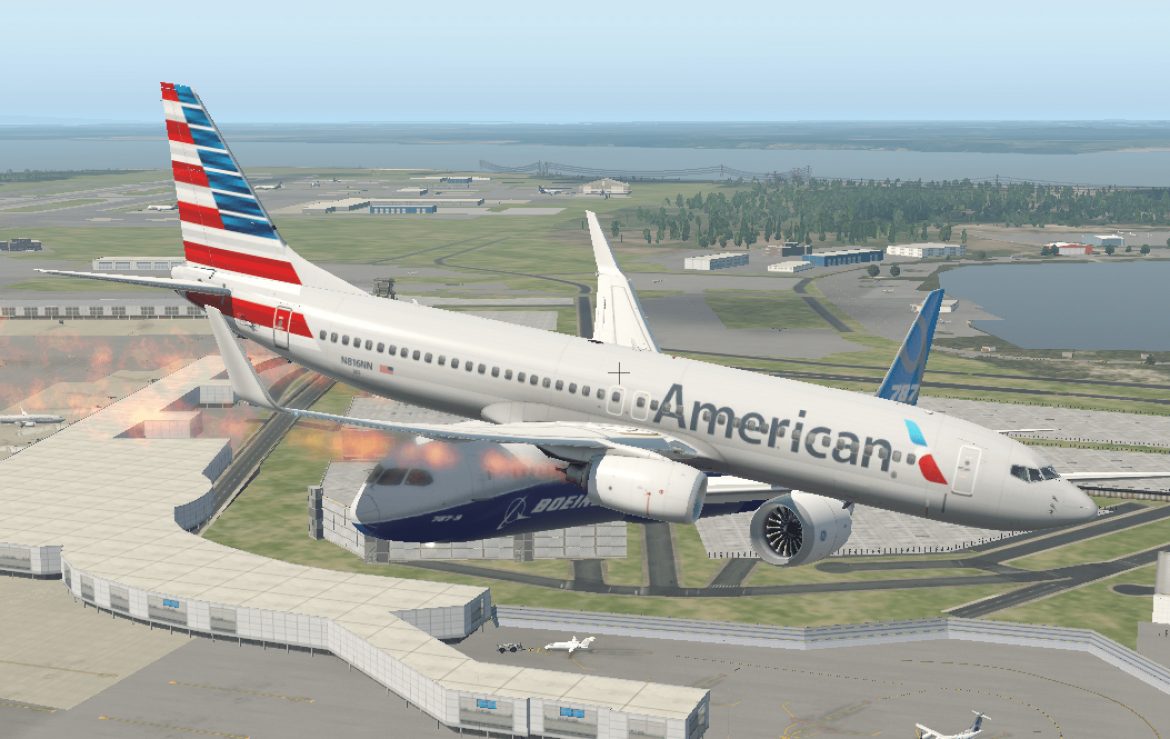When you fly in an airplane for the first time, you may be scared of aviation accidents happening en route. So, what are aviation accidents and their safety precautions?
Aircraft Accidents
There are many types of aviation accidents due to different errors. For example, because everyone makes mistakes, pilot error and insufficient training are leading causes of a plane crash! Some crashes are because of lousy weather, mid-air collisions, or even technical problems!
For instance, in 2001, two planes belonging to Japan Airlines nearly crashed because they received wrong commands from the ATC! Even though their TCAS are active, they missed each other by less than 135 meters, which is incredibly close.
Also, there might be some faulty repairs of previous incidents that can lead to disaster years later. For example, an inappropriate tail repair after a tailstrike can result in a mid-air breakup!
But, most fatal air disasters happen on take-off or landing. The pilots have not much time to react once the plane starts a nosedive since it’s near the ground. Also, in the initial climb, the plane needs to accelerate and climb simultaneously, while in the final descend, the plane needs to do the opposite. Both of them aren’t normal without engine power, so an aircraft can easily climb too slow or land too hard.
Screenshot taken from X-Plane
Spacecraft Accidents
Moreover, don’t forget about spacecraft accidents. There is much more room for errors in space missions, and we always try to miss that deliberately, but sometimes, we can’t.
For instance, the crash of Mars Climate Orbiter is because of an error in the conversion of units. The mission team mis-figured out the distance, so the probe burnt up in the Martian atmosphere.
However, most mistakes appear in the launch and landing phase like aircraft, which is why you hear of launch failures way more often than commercial plane crashes. In some cases, the rocket even exploded on the launchpad, and years of innovations and hard work just disappeared instantly.
Spacecraft are especially prone to accidents upon landing. Think of how many things that need to be perfect in the 7 Minutes of Terror. If a single wrong step is executed, the error will spoil the landing, likely crashing the lander. Moreover, if heat protection isn’t enough for atmospheric re-entry, the spacecraft might disintegrate mid-air!

 The space shuttle Columbia, which is the airplane that exploded mid-air due to improper heat protection in 2003
The space shuttle Columbia, which is the airplane that exploded mid-air due to improper heat protection in 2003To find out this image, please go to https://www.nasa.gov/image-feature/april-14-1981-landing-of-first-space-shuttle-mission
Safety Precautions
So, in the last two sections, I’ve talked about the reason to explain aircraft or spacecraft crashes. This time, I’ll write about the safety precautions to prevent similar accidents from occurring.
For Airplanes
Have you ever heard of the “Pull Up!” warning? That’s one of the most basic alarm sounds of an aircraft. It rings when the airplane is too close to the ground and descends fast, possibly leading to a crash. Also, if you ever observed an airplane landing, you will notice the “50, 40, 30, 20, 10!” warning sound. Its purpose is to notify the pilots about the airplane’s current altitude and prepare for landing. These are GPWS warnings.

Screenshot taken from X-Plane
Other than the GPWS and the TCAS, there are also safety features in the interior of the airframe. For example, hydraulic systems have other systems, in case one of the system fails. The engines are too. Although commercial airplanes can fly with a single engine for hours, it always have two or more to provide extra thrust, and prepare the aircraft for engine failures.

Screenshot taken from X-Plane
For Spacecraft
On the other hand, there’s much more precautions on spacecraft, especially on rockets. For example, every launch vehicle has a launch abort system, in case the rocket is literally on fire. In fact, for both aircraft and spacecraft, a light and robust fuselage is also for safety.
Like aircraft, spacecraft need to conduct many tests to ensure that the design and the equipment can be used in space. You see, the environments in space is so harsh that no one can withstand that without a spacesuit. Therefore, spacecraft use uniquely designed parachutes, spacesuits, fire extinguishers, et cetera.

To find out this image, please visit https://www.nasa.gov/audience/forstudents/5-8/features/nasa-knows/vehicles/index.html
So, today, we explained about aviation accidents and their safety precautions. Always remember that being careful is the key to a successful flight, no matter where you are.
References, Credits, and Links
- (n.d.). X-Plane. Retrieved November 12, 2020, from https://www.x-plane.com/
Download the app to get amazing flight experience. - (2020, July 20). NASA Knows: Rockets and Space Vehicles (Grades 5-8) | NASA. Retrieved November 12, 2020, from https://www.nasa.gov/audience/forstudents/5-8/features/nasa-knows/vehicles/index.html
- (2016, April 14). April 14, 1981, Landing of First Space Shuttle Mission | NASA. Retrieved November 12, 2020, from https://www.nasa.gov/image-feature/april-14-1981-landing-of-first-space-shuttle-mission
- (2020, August 27). Tailstrike – Wikipedia. Retrieved November 12, 2020, from https://en.wikipedia.org/wiki/Tailstrike
- (2020, November 10). 2001 Japan Airlines mid-air incident – Wikipedia. Retrieved November 12, 2020, from https://en.wikipedia.org/wiki/2001_Japan_Airlines_mid-air_incident


